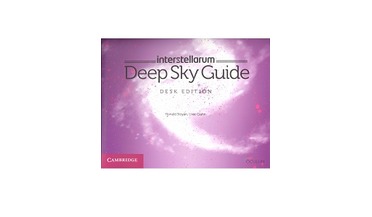 11 April 2019
Interstellarum Deep Sky Guide
11 April 2019
Interstellarum Deep Sky Guide
...aimed at the practical astronomer, more specifically the deep sky observer. Of course, much of this information is ..., the catalogue “features 2362 of the ‘coolest’ deep-sky targets in the sky”, says the author, “more than most observers will see...
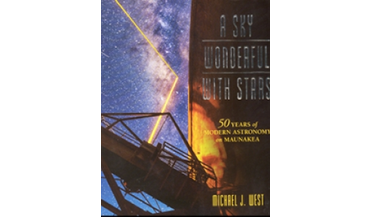 26 February 2018
A Sky Wonderful with Stars – 50 years of modern astronomy on Maunakea
26 February 2018
A Sky Wonderful with Stars – 50 years of modern astronomy on Maunakea
... of the Keck I and II telescopes on Mauna Kea in the foreground. There is something nicely inclusive about this image of a sky not only “wonderful with stars” but also wonderful with telescopes. Mark Williamson
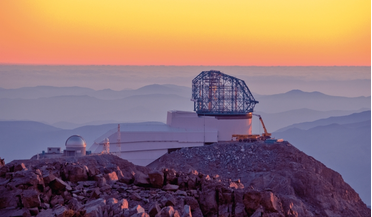 April 2020
Satellite mega-constellations pose threat to ground-based astronomy
April 2020
Satellite mega-constellations pose threat to ground-based astronomy
...satellites visible above 30 degrees will visually pollute the night sky at places that currently preserve their natural, pristine dark... threshold of the naked eye even under the darkest skies: the distribution in this case peaks at visual magnitudes...
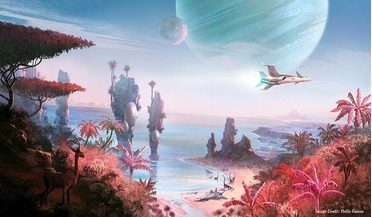 12 July 2015
The 18 quintillion planets in ‘No Man’s Sky’: how Hello Games can expand understanding of space travel
12 July 2015
The 18 quintillion planets in ‘No Man’s Sky’: how Hello Games can expand understanding of space travel
... reviews yet, Yahoo’s Ben Silverman played “No Man’s Sky” for ten minutes at the E3 convention in Los Angeles... middle-schoolers, getting them to play a game like “No Man’s Sky” for a week could constitute an immersive experience into the topic. More...
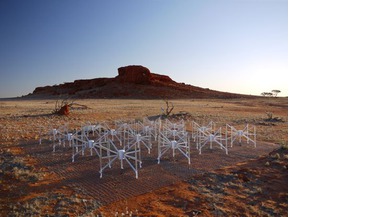 01 August 2016
SETI has new eyes on the skies
01 August 2016
SETI has new eyes on the skies
... low radio frequencies is underway, as researchers utilise the capabilities of the Murchison Widefield Array (MWA) to search the skies for the tell-tale signs of an advanced civilisation. SETI experiments using radio telescopes first started in 1960...
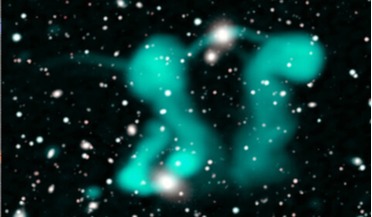 06 August 2021
Surprising new finds as ASKAP surveys the skies
06 August 2021
Surprising new finds as ASKAP surveys the skies
...strategy beforehand. The EMU-PS will cover a smaller region in the sky and will incorporate an area covered by the Dark Energy Survey (...versa. "We are getting used to surprises as we scan the skies as part of the EMU Project, and probe deeper into the...